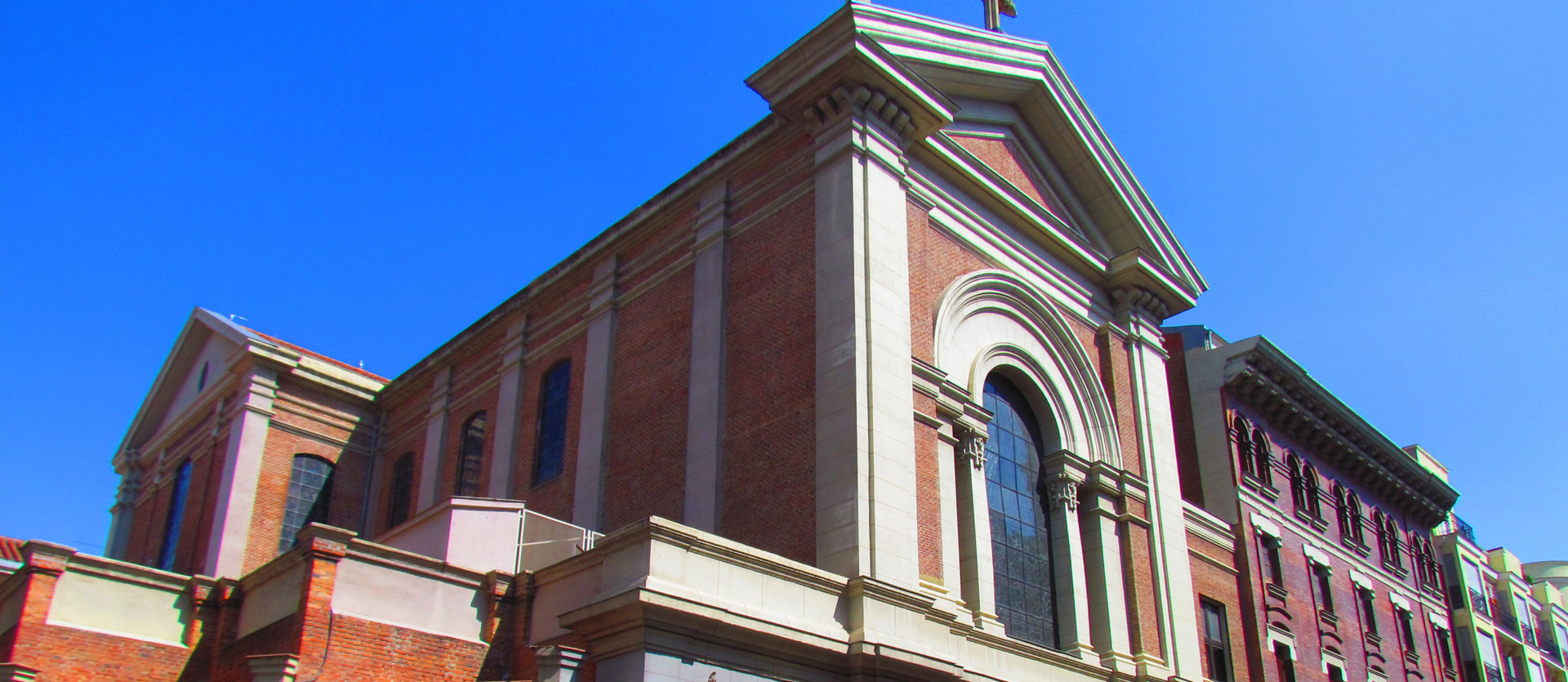N. P. Jesús de Medinaceli
History of an invocation
Commissioned in the mid-17th century by the Capuchin Fathers of Seville for the fortress of La Mamora, whose chaplaincy they held, the image of Jesús Nazareno, together with the fortress and other images, fell ignominiously into the hands of the Sultan of Meknes, Muley Ismail, and was rescued, after having been the object of numerous sacrileges, by the Trinitarian Fathers, as an exaltation of their redemptive activity. In 1686, as patrons of the Convent founded by the first Duke of Lerma, Juan Francisco de la Cerda, VIII Duke of Medinaceli and his wife, Catalina Antonio Aragón, gave authorisation for the "carvingon segregated land of the "huerta del Palacio".a chapel of the miraculous image of Jesus Nazarene of the Rescue". Attached to the transept on the Gospel side of the Convent Church, placing the image on its main altar.
This section contains some texts relating to the rich history of the image, to its immediate reproduction from the Sevillian sculptural prototype, creating a new iconography of Christ, and to the institutional organisation of his cult around the Congregation of slaves of Jesús Nazareno, born under the protection of the IX Duke of Medinaceli, nowadays Archicofradía Primaria de la Real e Ilustre Esclavitud de Ntro. Padre Jesús Nazareno. All these texts were published in a book entitled Jesús de Medinaceli, Cautivo y Rescatado: Devotional History and Geographypublished by the Ducal House of Medinaceli Foundation on the occasion of the IX National Congress of Brotherhoods and Confraternities of Medinaceliheld at the Casa de Pilatos in Seville in spring 2011.
Related content

Basilica of Medinaceli




